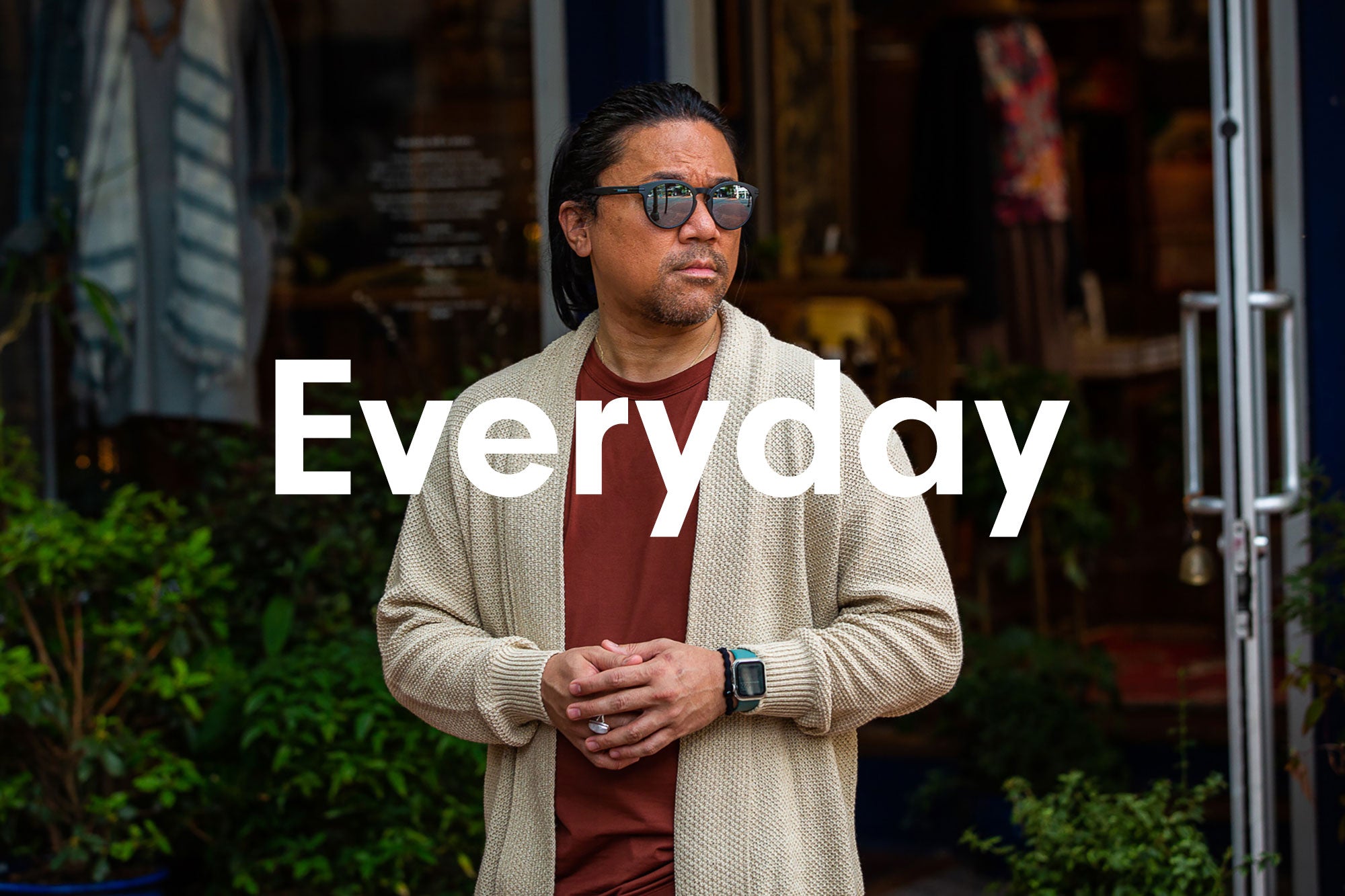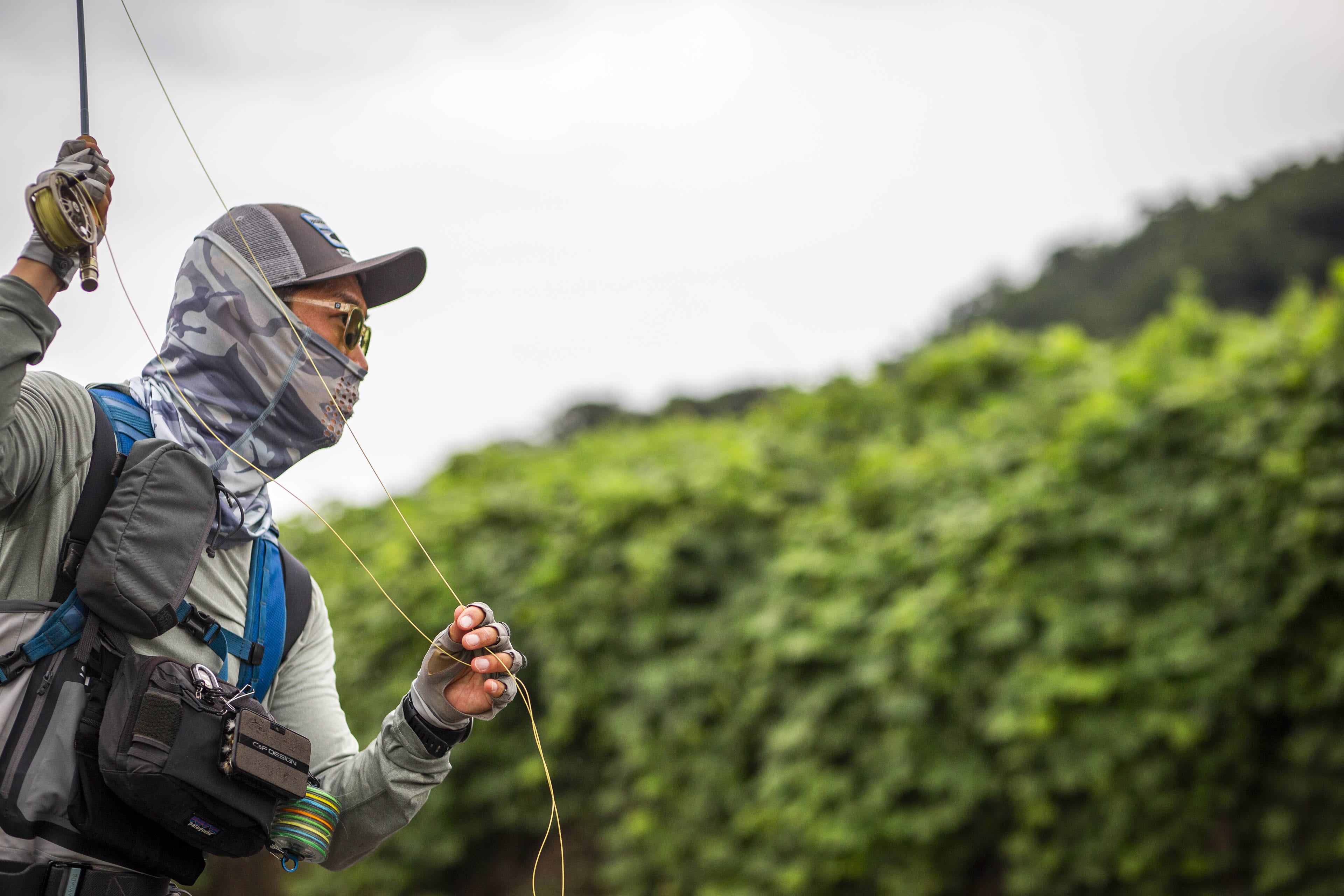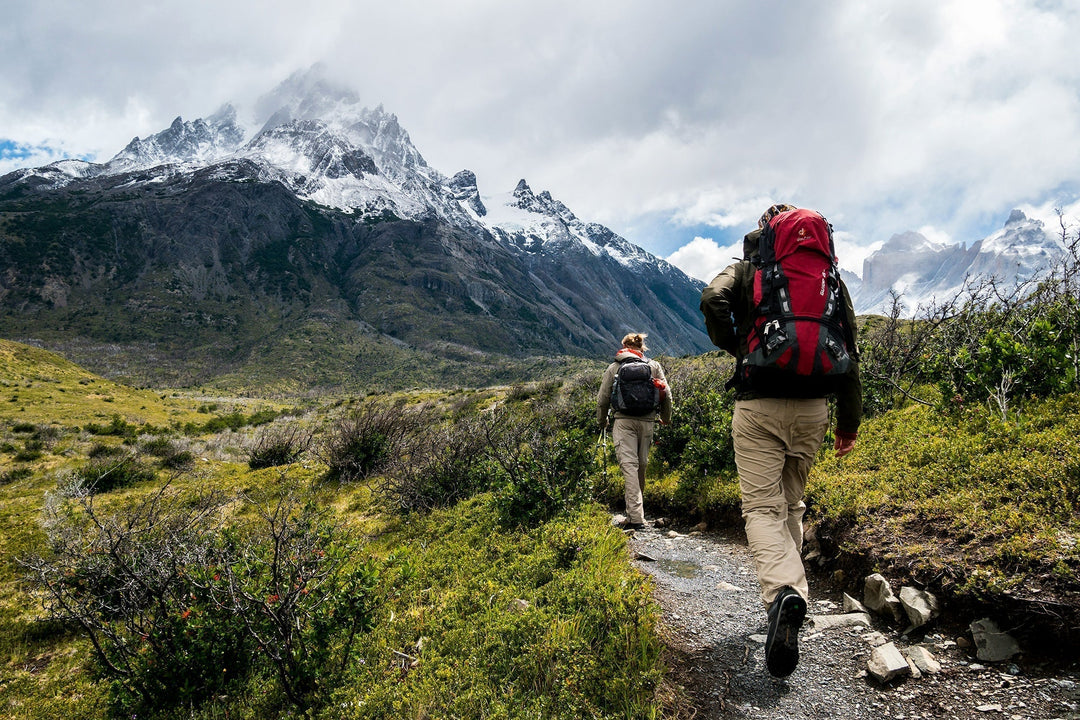Shingo Matsui works as a fishing guide in the Honshu area in Japan. He enjoys both fly fishing and lure fishing, and guides anglers to a wide range of fishing spots, from mountain streams at high altitudes to rivers in the countryside.
Shingo has been using lenses by TALEX for many years. In this article he talks about the importance of good polarized sunglasses for fly fishing and what lens colors he uses most.
What's one of the most important skills required in your job?
The first thing a fishing guide is required to do is to have an accurate understanding of the river conditions. In addition to the basics such as topography and water quality, we also need to understand the placement and size of rocks in each location. Plus we need detailed information, such as the water depth, so we can better estimate the location of the fish and guide our guests to a successful route.

Why are sunglasses an essential tool for you?
Polarized sunglasses protect your eyes from UV rays, but they also allow you to see what you need to see in the water. They are an indispensable item for my work as a guide. At the same time, we also ask our guests to wear polarized sunglasses that are as reliable as possible. This is because when fly fishing, you follow the fly floating on the surface of the water with your eyes and watch when the fish come up to prey. If you lose sight of the fly midway through, your chances of catching a fish will drop significantly.
The same actually goes for lure fishing. By wearing polarized sunglasses, you can clearly see the behavior of the fish in response to the lure. It definitely increases your chances of catching a fish. Polarized sunglasses also prevent eye fatigue caused by the reflections on the water surface, as well as eye injuries from paddling in and out of the river.

What lens colors do you typically use?
Currently, I use three lens colors regularly: Peridot, Slate, and Copper. I choose between them depending on the amount of light at the fishing spot, and the color of the river water.
Village rivers are mostly open and bright, there is a lot of light. But if it's a mountain stream surrounded by forest, it's often darker, even on a sunny day. On the other hand, if it's in a gorge with rocky banks on both sides, it can be dazzlingly bright. The color of the water also varies quite a bit depending on the location.
I usually start with the Peridot lens in the morning when there is little light or when I'm fishing in the forest. I also use Peridot when it's cloudy, or where the river water is greenish. I find it easier to see. When the amount of light increases throughout the day, or when I go to an open and bright place, I switch to the Slate lens.
When I am exposed to strong glare in an open setting, the Copper lens makes it easier to see. Also, in rivers where the water is brownish, using Copper makes it easier to see underwater and often allows you to find fish faster. Actually, the color of the rocks and gravel also affect how you see. Each situation is different, so I always try to use the best lens depending on the situation.
What do you love about your job as a guide?
I started this job because I wanted more people to know about the nature and culture of this area that I learned about when I was a student. So when I welcome guests, I don't just show them the fishing spots and provide guidance, I also introduce them to tourist attractions and delicious restaurants. We welcome not only experienced anglers, but also beginners who want to start mountain stream fishing. And we want to make sure they enjoy their time here.

Born in Osaka in 1982, Shingo entered Tottori University of Environmental Studies and spent his student days there. In addition to his studies he started to fish in the Chiyo River system. After graduating, he got a job at a fishing-related manufacturer and worked on product development before deciding to go independent. In April 2018, he established his company San'in Trout Fishing Guides (STF).










